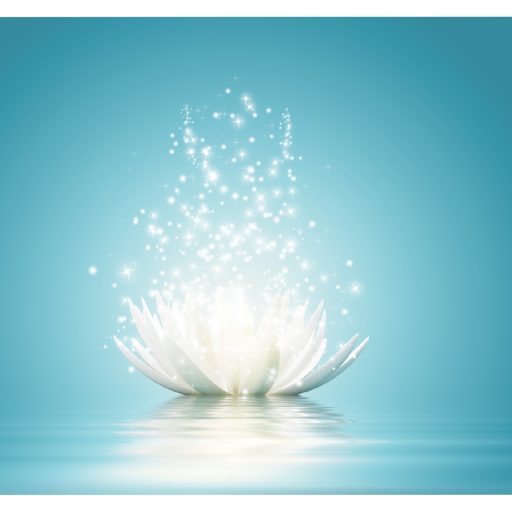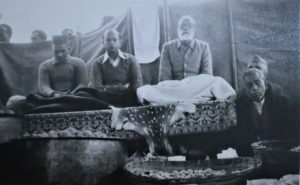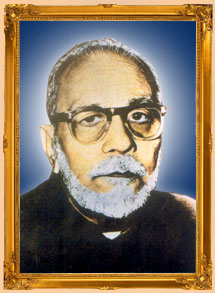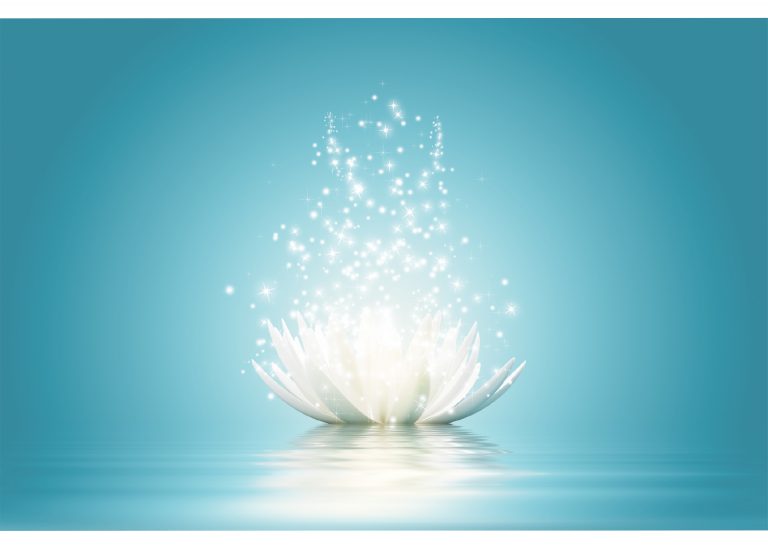
What is Peace?
Where there are no desires, both good or bad, where the fulfillment or lack of fulfillment of desires does not cause either joy or sorrow; where there are no conflicts arising from malice, anger, or attachment, that state is called peace.
Peace is true happiness and is free from all illusions. Peace is heavenly, peace is nirvana, it is Kaivalya or detachment from the material world.
It is the natural instinct of all living beings to forever strive in the pursuit of peace. Despite these efforts, only very few people in this world are successful in finding the source of peace or have been fortunate enough to experience it. It is very difficult just to get to the point of desiring freedom from this material world, and to walk on the path of achieving that goal, is an even greater task.
One encounters several hindrances and obstacles on that path. Demonic powers have to be battled, and only after overcoming these challenges does one achieve the path to peace.
Among the several obstacles that try to influence the mind and distract it from the goal of achieving peace, the main one is the worry. The person who is overwhelmed by worry ends up losing both his worldly possessions and his spiritual progress. If a person allows worry to penetrate his thoughts, he can neither eat nor sleep.
Neither his body nor his brain can be happy. This results in a deterioration of physical health, and his social standing suffers as well. A person who is tortured by worry eventually loses his self-esteem and he is looked down upon by everyone around him. Worry breaks down any positive traits in his personality and this results in him becoming a drag on society.
This creates a feeling of hopelessness from which there seems to be no escape. Worry is very destructive, and getting rid of it is the definition of peace. Worry is what ties us down, keeps us unhappy, and is the embodiment of illusion that creates turbulence in our hearts. The one who can rid himself of worry is a liberated saint. Those people who do not worry about the past or the future, and start focusing on and living in the present, are actually at peace and are liberated in the true sense of the word.
What is Worry?
Repeating a series of thoughts without changing them, and without reaching a conclusion; and creating visualizations of these thoughts in a repetitive fashion, is the definition of worry. In the normal course of events, most people cannot stop this repetitive cycle of thoughts that keep forming and dissolving in their subconscious mind.
Just like tired muscles sometimes involuntarily tremble and flutter, and calm down after resting for a while, similarly, a mind trapped in worry is unable to be quiet. Even without wanting to, one finds oneself repeating the thought sequences that only lead to an increase in one’s misery. The weak brain tries unsuccessfully to suppress these destructive thoughts, and even if it does succeed in quieting these thoughts temporarily, true peace remains elusive.
Even if some people are successful in controlling their thoughts, their inability to find a solution to their problems causes them to remain unhappy and they keep searching for a way out. Most people are observed worrying about the past and the future. They are often seen wasting their time either feeling sorry for their past deeds or fearfully thinking about events that may happen in the future.
How can there be peace where there is fear? The fearful anticipation of possible adversities in the future keeps their mind restless and causes a constant drain on their energy. Even the Dev Gan residing in heaven, who have everything they could ever need, are worried that they could fall back into the human world when the time comes for that to happen. So, if even they are not spared from this thought of worry, then it is clear that being rid of worry is something that is beyond even the residents of heaven.

Also, sometimes, even if we have rejected some undesirable solutions to some problems that we may have encountered, we keep recirculating those thoughts involuntarily in our minds. We cannot make up our minds about how to solve these problems and they continue to trouble us. The more we try to put these thoughts away consciously, the they keep returning with even more force, just like the law of physics that states that any action has an equally strong reaction.
These thoughts bother us during our sleep, our meditation, and at other times as well. We get caught in the powerful flowing stream of these negative thought processes. This traps and enslaves us by negatively affecting not only our physical body but also our consciousness. In our mind, the thought first creates a path, and the thoughts that are created subsequently, start following that same path. We continue along that pathway of thoughts because there are fewer obstacles on an existing pathway.
If we have love in our hearts, we continue to think positive and loving thoughts all the time. Similarly, if we are scared, we continue to get scary and fearful thoughts. What will happen if this or that happens? Negative thoughts cause undesirable reactions in the brain leading to a drain in our energy. This makes us restless and unhappy.
What is the Solution?

Whatever the type of restlessness we are experiencing, the solution, then, is to create another pathway that goes in the completely opposite direction and parallel to the above described negative pathway. This is described in the Yoga Sutras as well. It is not difficult to create this alternate pathway if we can hold on to a positive thought with determination.
If we are able to create fearlessness in our hearts then this new path starts getting created. As long as we can hold on to the positive thought with strong determination, this new pathway keeps getting wider and more majestic. The older negative pathway keeps getting smaller and closes up with time, and all our thoughts start using this new blissful path that leads us to experience happiness and peace.
From ‘Sadhana ke Anubhav Volume 3 (18th adhyay)’ written by Guru Maharaj, Dr. Chaturbhuj Sahay Ji and published by Sadhan Press. Translated by Dr. Rajat Nog.



